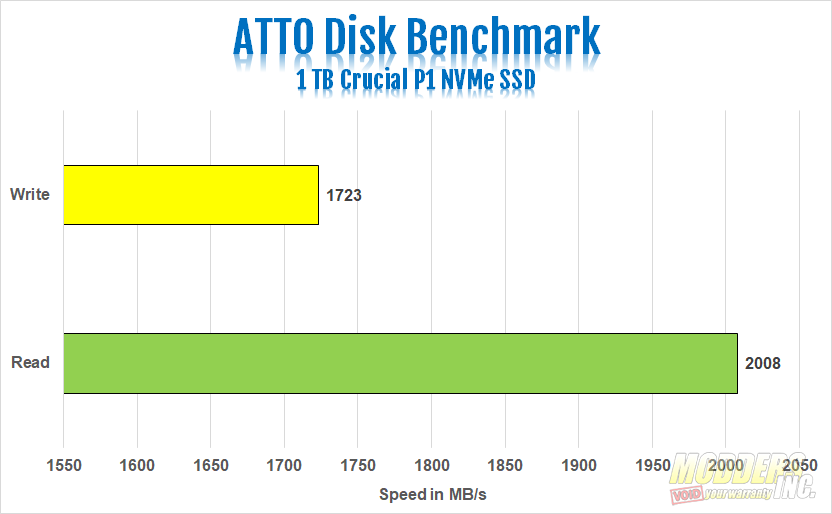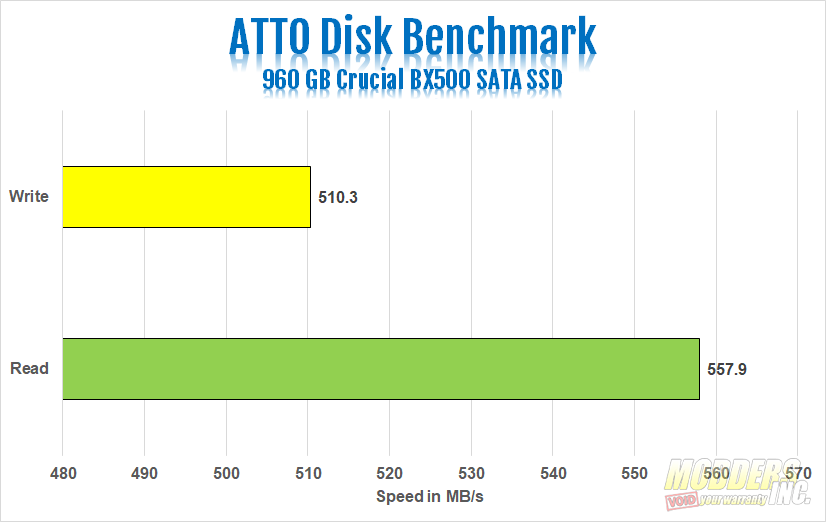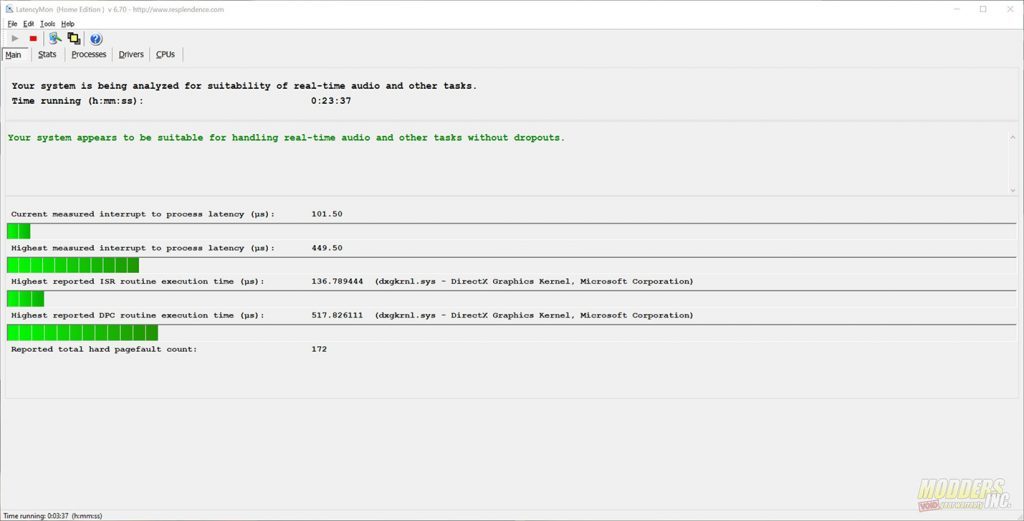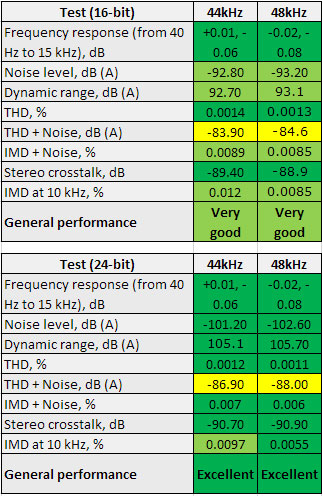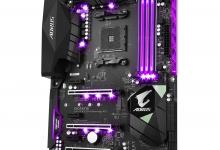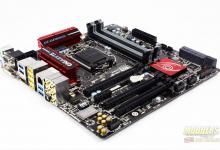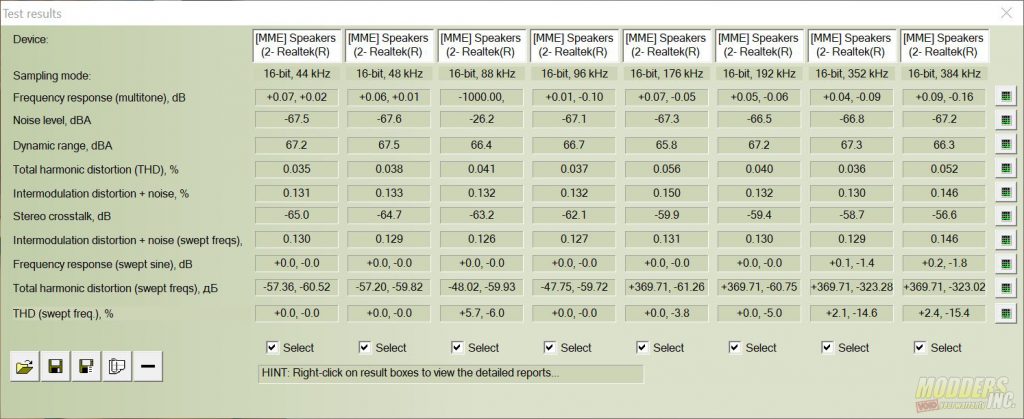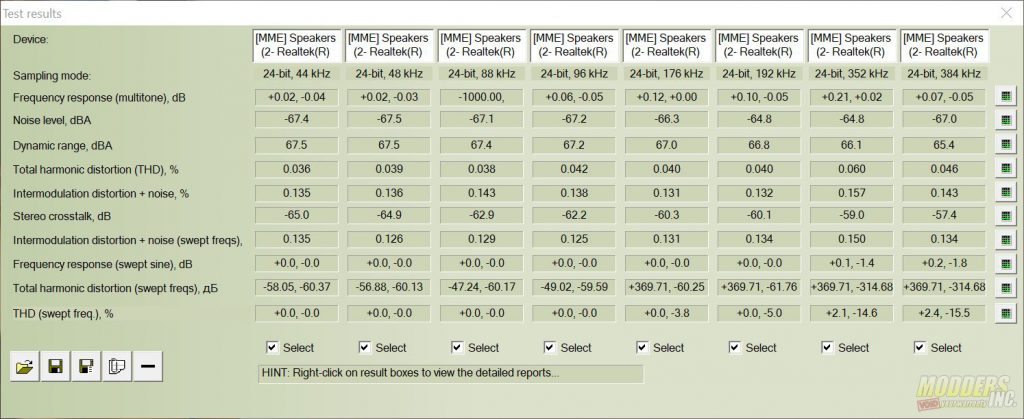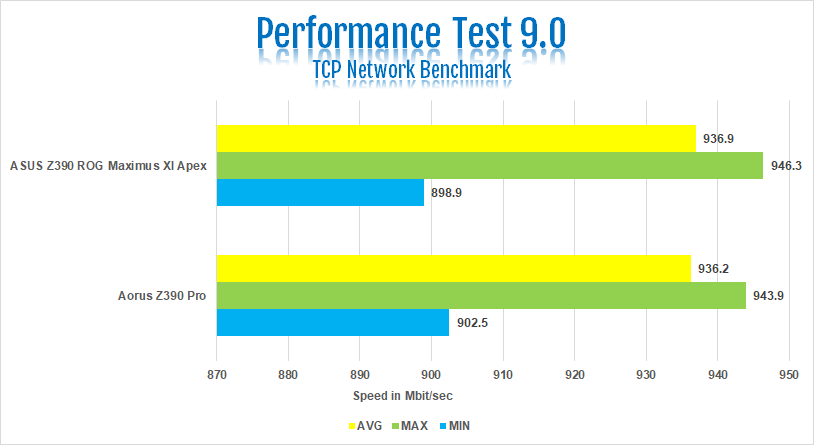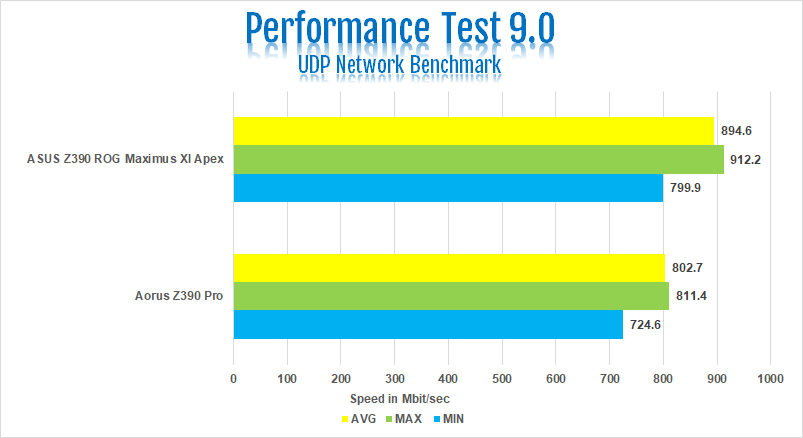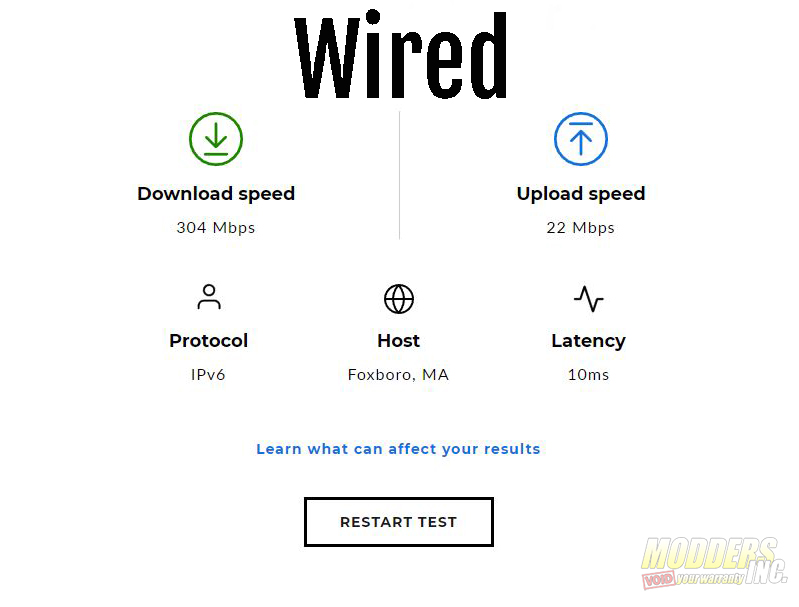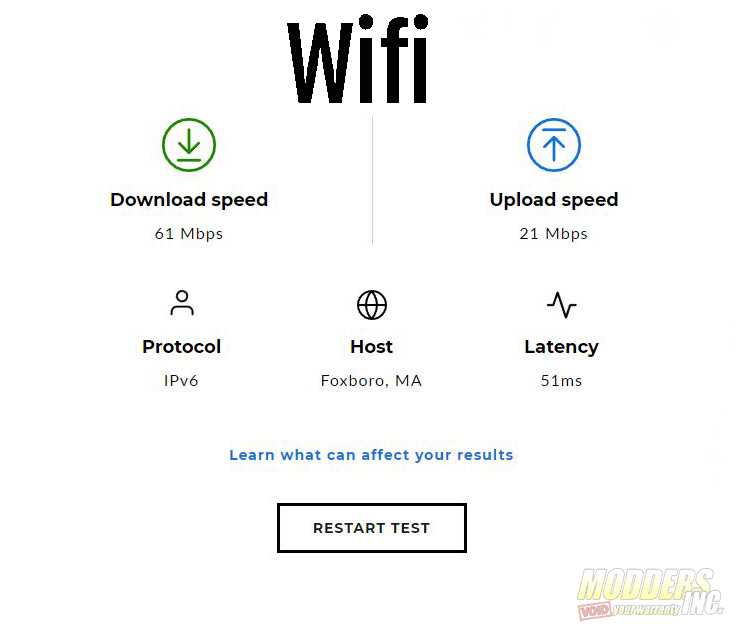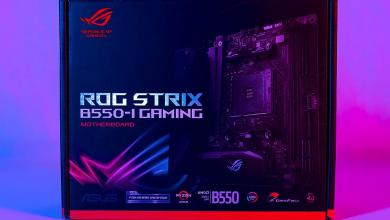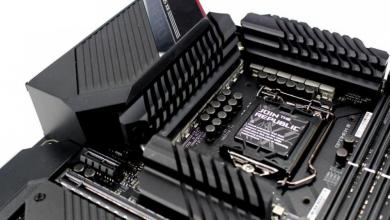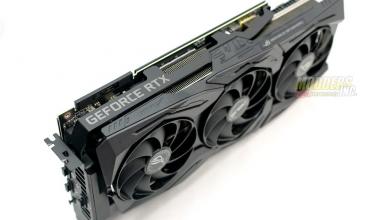ASUS Z390 ROG Maximus XI Apex Motherboard Review
The Apex of Performance on Z390
Sub System Benchmarks (Storage, Audio and Networking)
Storage Benchmarks
For Storage benchmarks, We used two different benchmarks. The first being the ATTO Disk Benchmark. The other is CrystalDiskMark5. ATTO and CrystalDisk Mark were used to test two drives. We tested both an NVMe M.2 and a 2.5″ SATA 6 SSD. The first drive we tested was the 1 TB Crucial P1. The P1 is the latest NVMe M.2 SSD from Crucial, using Micron 3D NAND technology. The BX500 is also from Crucial. In the review, we tested the 960 GB version of the BX500 using 96 layer NAND.
The ATTO Disk Benchmark utility was designed to measure regular disk drive performance. However, its more than capable of measuring both USB flash drive and SSD speeds as well. The utility measures disk performance rates for various sizes of files and displays the results in a bar chart showing read and write speeds at each file size. The results are displayed in megabytes per second. The Crucial P1 did as expected on this Z390 Maximus XI Apex, if not a bit better. On the ATTO Disk Benchmark, the Crucial P1 maxed out at about 2008 MB/s on the read speed and about 1723 MB/s on the write speed. This was slightly slower than the advertised speeds of 2,000 MB/s read and 1,700 MB/s write. But respectable enough. The BX500 hit a max of about 557.98 MB/s on the read speed and a max of about 510.3 MB/s on the write speeds. Overall, the Crucial P1 did better than I have ever seen it perform on any system I’ve tested in on. Previously, the best I got from The Crucial P1 was 1860 MB/s on the read and 1580 MB/s on the write. I believe the DIMM.2 slot and add-in card made the difference in speeds here. The BX500 nearly saturated the SATA interface on the Apex.
CrystalDiskMark 5
“CrystalDiskMark 5 is designed to quickly test the performance of your hard drives. Currently, the program allows to measure sequential and random read/write speeds.” It’s one of the most commonly used utilities for testing drives. Both the Crucial P1 and BX500 did better on Crystal Disk Mark 5. The Crucial P1 hit 1997 MB/s on the read speed and 1713 on the write speeds. Again, performing better than I’ve ever seen it perform on Crystal Disk Mark.. The BX 500 did about the same in Crystal Disk Mark 5 as it did on ATTO. The BX500 hit 558.8 MB/s on the read and 514.2 on the write speeds.
Audio Testing
To test the on-board audio on the Z390 Maximus XI Apex, we use the Rightmark Audio Analyzer benchmark. However, before we run the benchmark, we must test the DPC, or Deferred Procedure Call latency. The DPC is checked to ensure the audio can produce usable results in Rightmark. DPC, or Deferred Procedure Call latency, is a Windows function that handles driver efficiency and allows high-priority tasks to defer required, but lower-priority tasks for later execution. We use LatencyMon to test the DPC Latency.
We had LatencyMon run for a little over 12 minutes. The highest reported ISR routine execution time was 136.24. The highest reported DCP routine execution was 140.34. At the 4000 microseconds, the system will be unsuitable for real-time audio playback. Since both results were under this range, we can continue to Rightmark Audio Analyzer. Now, I’m not going to lie. I was expecting far better results in the Rightmark Audio Analyzer than I achieved. The sample chart below shows what very good and excellent results look like.
To test with Rightmark, you must first plug into both the rear headphone jack and the rear mic jack using a double-ended 3.5 mm jack cable. This creates an audio loop to test the internal audio performance of the onboard audio. We tested using both 16 and 24-bit settings through a range of frequencies from 44 kHz up to 192 kHz. On both the 16 and 24 bit testing, the Z390 Maximus XI Apex did ok. Now, when compared to our results, we’re nowhere near what the sample chart says are very good results. Even after running the 16 and 24-bit tests in Rightmark several times. However, in real work testing, the on-board audio on the Z390 Maximus XI Apex sounds excellent. I used the onboard audio as if I were doing a review on just that. This includes listening to music, watching TV and movies, as well as hours of gaming. I’m not sure why Rightmark gave the results it did. But I can say the on-board audio on the Z390 Maximus XI Apex sounds good as on-board audio goes.
Network Testing
For network testing, I used my Comcast Business class router from Motorola. The server PC was my standard test bench. This consists of the Aorus Z390 Pro running an I7 8700k. The Z390 Aorus Pro features an Intel Gigabit LAN. The Client PC was the Z390 Maximus XI Apex running the I9 9900k. The system We use the Networking Test in the PassMark Performance Test 9. For this review, we ran both the TCP and UDP Networking tests. As the charts show, the Z390 Maximus XI Apex did outperform the Z390 pro on the networking test. For our Z390 Maximus XI Apex. the average on the TCP test was 936.9 Mbit/s to the average of 936.2 on the Z390 Pro. On the UDP test, the Z390 Maximus XI Apex averaged 894.6 Mbit/s to the 802.7 Mbit/s on the Z390 Pro.
Since this motherboard has Intel® Wireless-AC 9560 Wi-Fi 802.11 a/b/g/n/ac it wouldn’t be a full review if we didn’t run a speed check on the WIFI. My office has Comcast Business class internet. To test the speed of the internet, we used the Comcast Business Speed Test. Click this link to run the same test: https://business.comcast.com/learn/internet-speed-test. The 802.11 ac WIFI on the Z390 Maximus XI Apex hit 61 Mbps download and 21 Mbps upload. Through Ethernet, the speeds test results were 304 Mbps download and 22 Mbps upload. The WIFI on the Z390 Maximus XI Apex is more than suitable for gaming, streaming or uploading to YouTube. The limit is going to be your connection to the internet.
